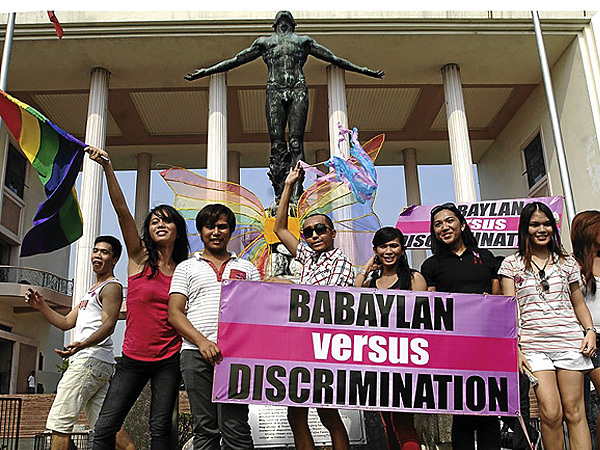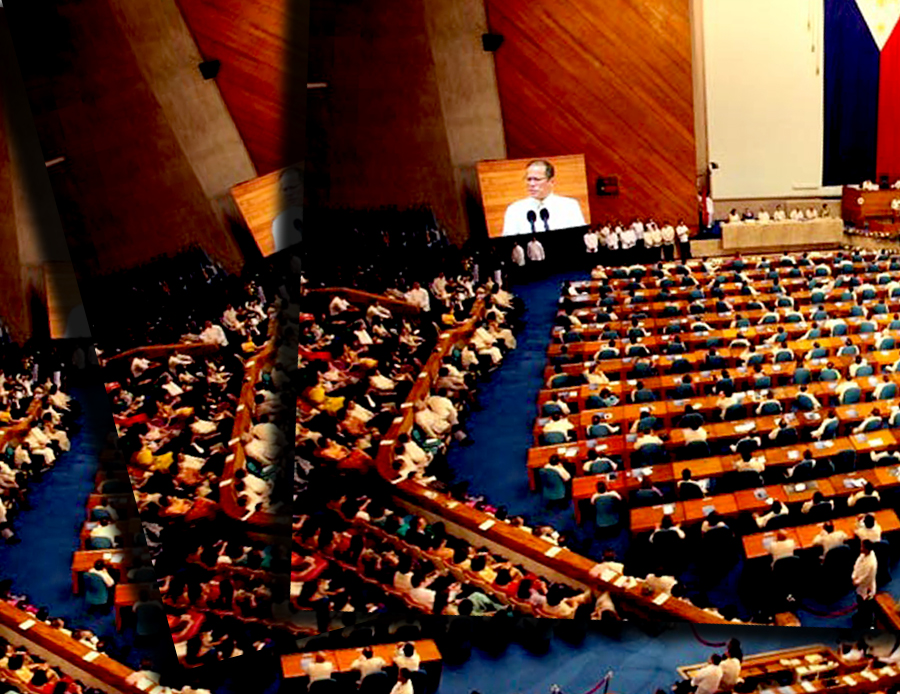By Sir Lawrence Agustin

After more than a decade of on-and-off negotiations between the Government of the Philippines (GPH) and the Moro Islamic Liberation Front (MILF), the two parties have signed on a Framework Agreement (FA) widely seen as a significant milestone for lasting peace in Mindanao. The Aquino administration has been quick to highlight the development as one of its defining achievements. Some groups, however, have criticized the FA as an invitation to violate the country’s territorial integrity – the formation of an autonomous Bangsamoro political entity being one of its main points.
The October 15, 2012 signing of the FA in Malacanang was presided over by Malaysian Prime Minister Najib Tun Razak, underscoring the role of his country in facilitating peace talks between the GPH and the MILF. Malaysian interest in the Bangsamoro goes beyond its government, with a number of Kuala Lumpur-based companies planning on investing in the area as soon as a final peace pact is hammered out.
This latest agreement has been the best-received in recent years, owing in part to the failure of similar efforts in the past by Manila to address the demands of people in the Bangsamoro – a term used by Muslim separatists since the early 70s to describe the Moro homeland.
Marred by violence
In 2008, then Pres. Gloria Macapagal-Arroyo’s government together with representatives from the MILF came out with a Proposed Memorandum of Agreement on Ancestral Domain (MOA-AD). It called for the formation of a Bangsamoro Juridical Entity, a sub-state which would have encompassed the entire Autonomous Region in Muslim Mindanao (ARMM) as well as parts of Palawan.
The proposal met strong public opposition, with the Supreme Court issuing a temporary restraining order on its implementation before eventually striking it down on grounds of unconstitutionality. This resulted in violence perpetrated by rogue elements of the MILF that displaced 750,000 people and claimed almost 400 lives, according to official tallies.
Fresh negotiations were only initiated nearly three years after the deadly breakout of violence in Mindanao, when Pres. Noynoy Aquino secretly met with MILF chief Murad Ebrahim in Tokyo in August 2011. In October of the same year, the MILF submitted a proposal to the government maintaining its position that a Bangsamoro sub-state be formed in place of the current ARMM.
Peace talks collapsed, however, when MILF units broke an existing ceasefire agreement and launched a series of deadly offensives against government troops in different parts of Mindanao. The Aquino government responded with air and ground attacks on rogue MILF units, even as it engaged the separatist group’s leaders in talks held in Kuala Lumpur, Malaysia in December 2011 and well into 2012.
Asymmetrical relationship

The current FA calls for the formation of a Transition Commission via Executive Order (EO) 120, which Pres. Aquino issued December last year. The said Transition Commission will draft the Bangsamoro Basic Law, to be voted on by Congress and ratified by Bangsamoro residents. This will ensure that the autonomous region will function within the bounds provided by the 1987 Philippine Constitution. The FA provides for the formation of a ministerial form of government, wherein popularly elected representatives would in turn vote for a “chief minister.”
The FA describes the relationship of the Manila-based Central Government and that of the Bangsamoro as asymmetrical – a compromise granted to the MILF in response to their demands for the formation of a sub-state in Mindanao.
In a paper delivered by UP political science professor Miriam Coronel Ferrer in a recent conference at Australian National University, she revealed that this was a “bone of contention” throughout the panel negotiations.
Herself a member of the Philippine negotiating panel in the talks with the MILF, Ferrer’s paper was quoted in the Inquirer as saying that the “MILF wanted… something akin to a federal state that is vested with wide powers,” a move that would have required constitutional amendments.
According to Ferrer’s paper, Aquino led the government negotiating panel in deflecting the MILF’s assertions for “independence.” It added that the panel was aware that giving in to the separatists’ demands could be seen as a capitulation of the nation’s sovereignty – which, for Aquino, would have meant an impeachable offense.
In the Office of the President website, “asymmetrical” was explained as “a special status of the Bangsamoro vis-a-vis the Central government that is different from that of local governments and administrative regions.”
“The autonomous regions for Muslim Mindanao and the Cordillera contemplated in the Constitution partakes of this special and distinct status and can thus be described as asymmetrical,” it explained further.
Guaranteed rights
The FA stipulates the strengthening of Shari’ah courts, provided they remain under the jurisdiction of the Supreme Court.
Depending on the Basic Law that will be drafted by the Transitional Committee, the Bangsamoro has the right to generate its own revenue, as well as receive a just share for revenues derived from natural resources. Wealth-sharing between Manila and the Bangsamoro will be managed by a joint Fiscal Policy Board.
The people of the Bangsamoro will be guaranteed their right to privacy, right to freedom of speech, right to express their opinion and pursue political aspirations, right to seek constitutional change by peaceful and legitimate means, right of women to meaningful socio-political participation and protection from all forms of violence, right to freely choose one’s place of residence and the inviolability of the home, right to equal opportunity and non-discrimination in social and economic activity and the public service, regardless of class, creed, disability, gender and ethnicity, among others.
Other issues include power-sharing mechanisms with Manila, setting a timetable for the decommissioning of the MILF’s armed forces, as well addressing the massive poverty incidence in the areas that are going to be included in the Bangsamoro – all of which have to be acted upon by both parties. The Framework Agreement is not the solution in itself. It is only a roadmap towards a peace accord that will put a definite end to the painful four-decades-old conflict in Mindanao.
(photo credits: jamesannjo.wordpress.com)
(map credits: politicsforbreakfast.blogspot.com)



